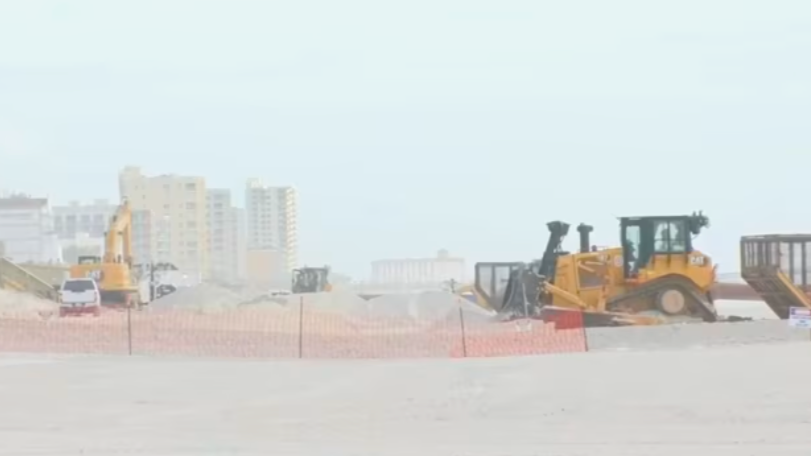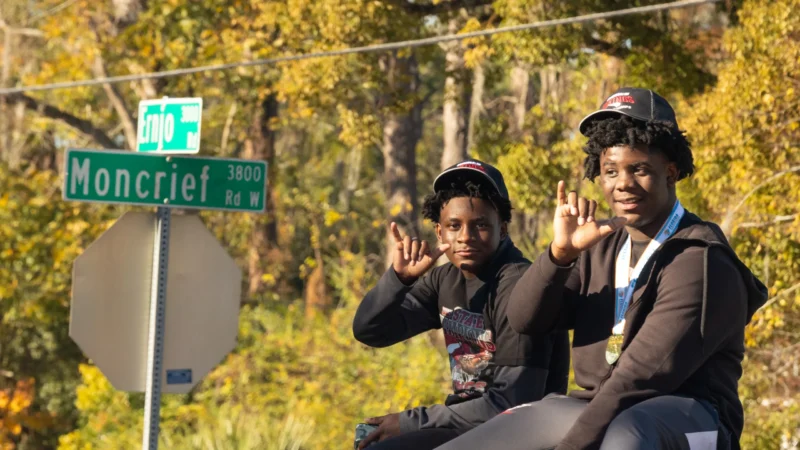The Army Corps of Engineers has paused its monthslong beach renourishment project in Jacksonville Beach because of mechanical issues.
A spokesperson from the Army Corps of Engineers told News4Jax there is no exact date for restarting the dredging and sand placement.
Beach access will be closed at 16th Avenue and at nearby entrances as needed, and sections of the beach running southward will be fenced off. The rest of the beach will be open to the public.
The Corps of Engineers said it will announce when operations are resumed.
The project includes building a dune and a beach berm with sand brought in from offshore and will cover nearly 10 miles of Atlantic, Neptune and Jacksonville beaches from the St. Johns River down to the Duval-St. Johns County line.
The work will be done in stretches. The Corps said the contractor expects to temporarily close at least 1,500 feet of the beach at a time during the project, which should proceed about 500 feet — or one to two city blocks — along the shore each day.
Week 1 starts between 10th Avenue South and 16th Avenue. Crews will then move south through the third week, to the county line.
Then the project moves north to near Beach Boulevard.
The project will be running operations 24/7 and should reach all the way to the Naval base by late August.
“They’ve forecasted a very active hurricane season ahead of us. The start of this effort really could not be more timely,” Jacksonville Mayor Donna Deegan said. “This is a big deal for us here in Jacksonville, and we need to always make sure that we’re protecting our beaches.”
This is the first major renourishment project for Duval County beaches since 2017, and the $32 million for the project is 100% federally funded.
Crews have already brought in some of the heavy machinery they will use to bring in sand from offshore to fill in weak spots along the coast and build up dunes.
The goal is to restore what the Army Corps of Engineers calls critically eroded beaches that have taken a pounding from tropical storms in recent years.
“There’s a lot of different things that drive the timing of construction projects, particularly renourishment projects. One of the major drivers is nesting seasons for critically endangered species,” said Col. James Booth with the U.S. Army Corps of Engineers. “When you look at after our projects are done, you’ve got a beach that’s more conducive for nesting, generally broader and wider.”
Some residents asked about how turtles currently nesting might be affected. Deegan said the Turtle Patrol told her they have a plan in place.
“Normally, they’re not supposed to move the nests. They want that to be a more natural process,” Deegan said. “But during this process, they will be able to move certain nests into places that will be safer.”
A representative from the Army Corps of Engineers said they work closely with the Florida Fish and Wildlife Conservation Commission and local Turtle Patrol groups to designate areas where nests can be relocated safely, and they also monitor for shore birds.
This story was produced by News4Jax, a Jacksonville Today news partner.








